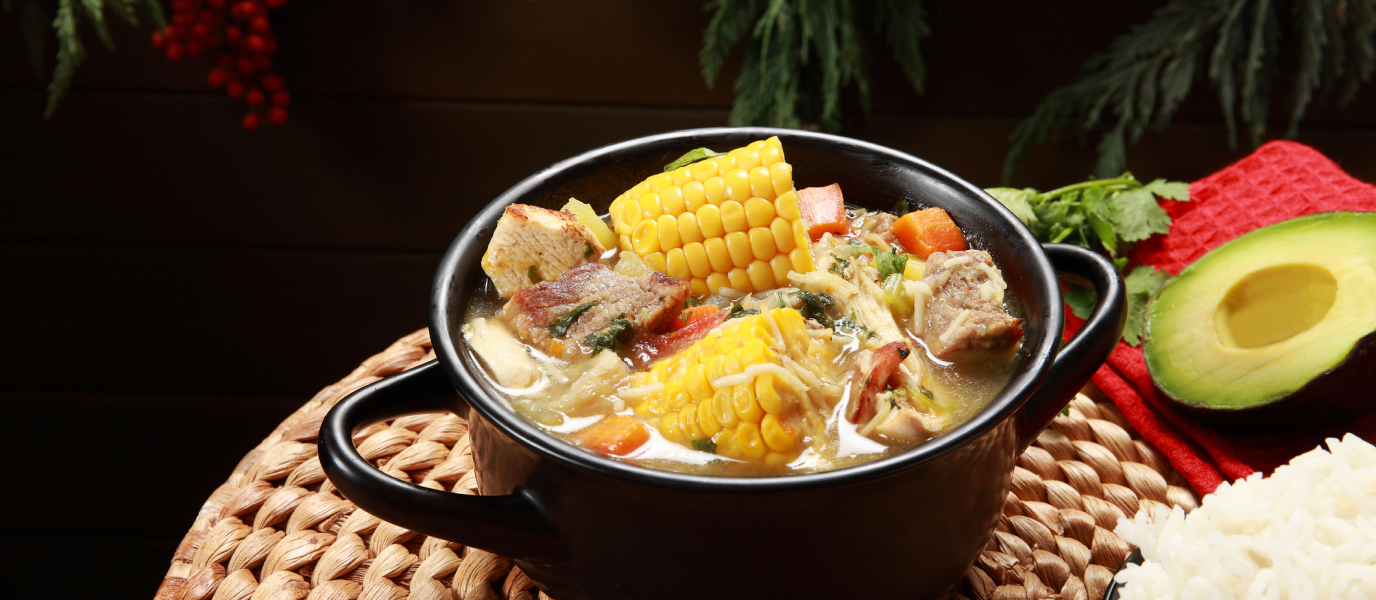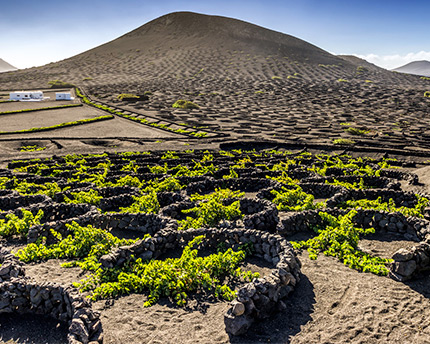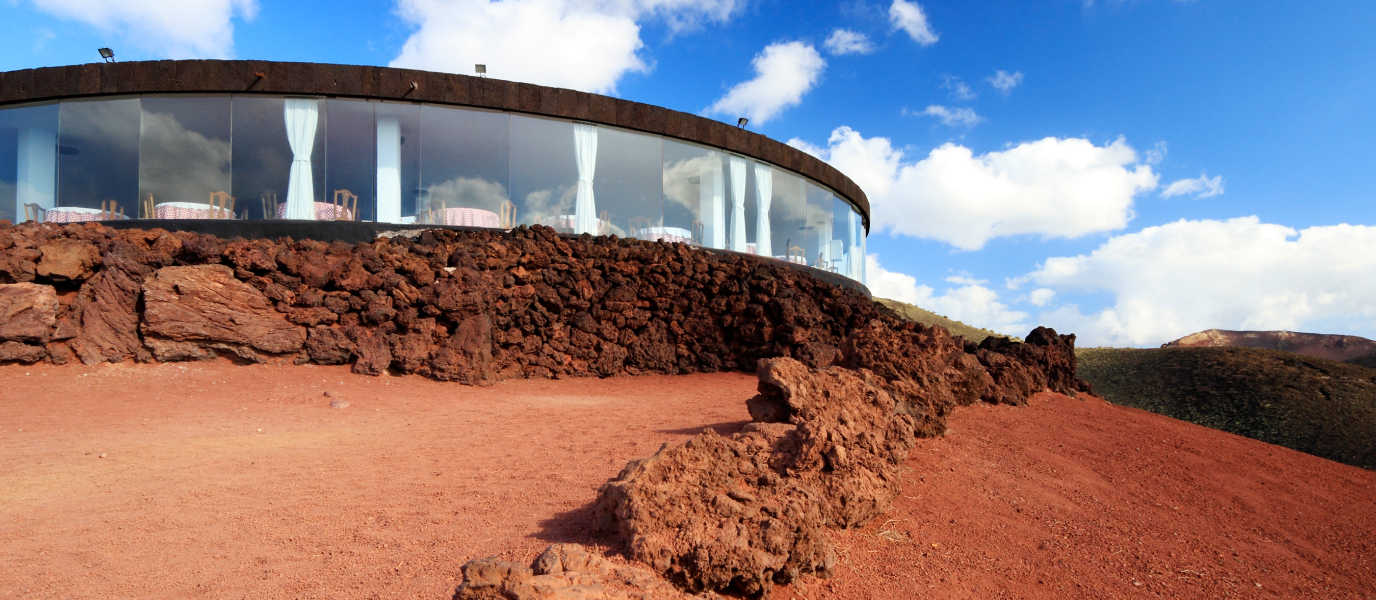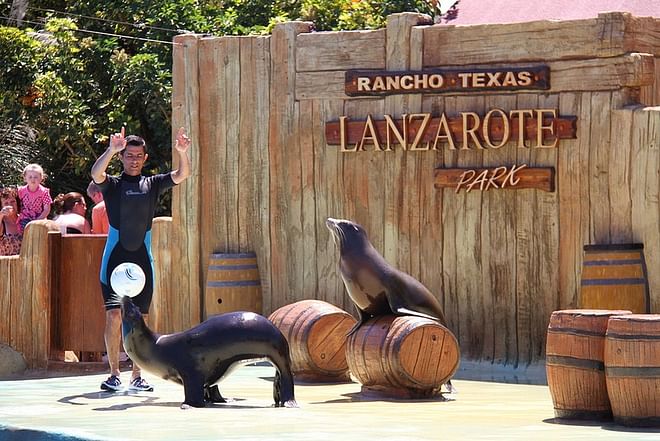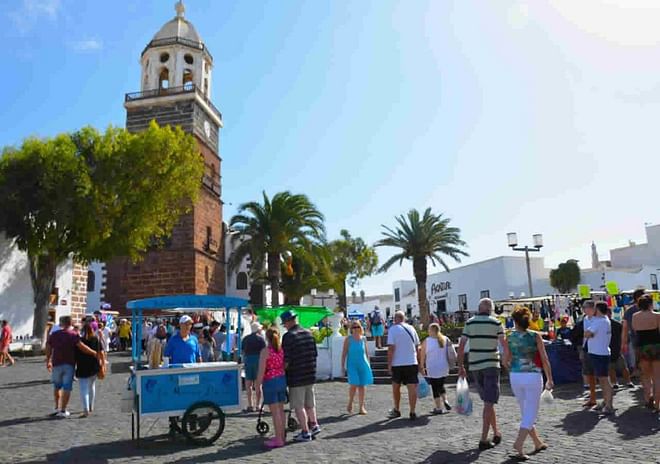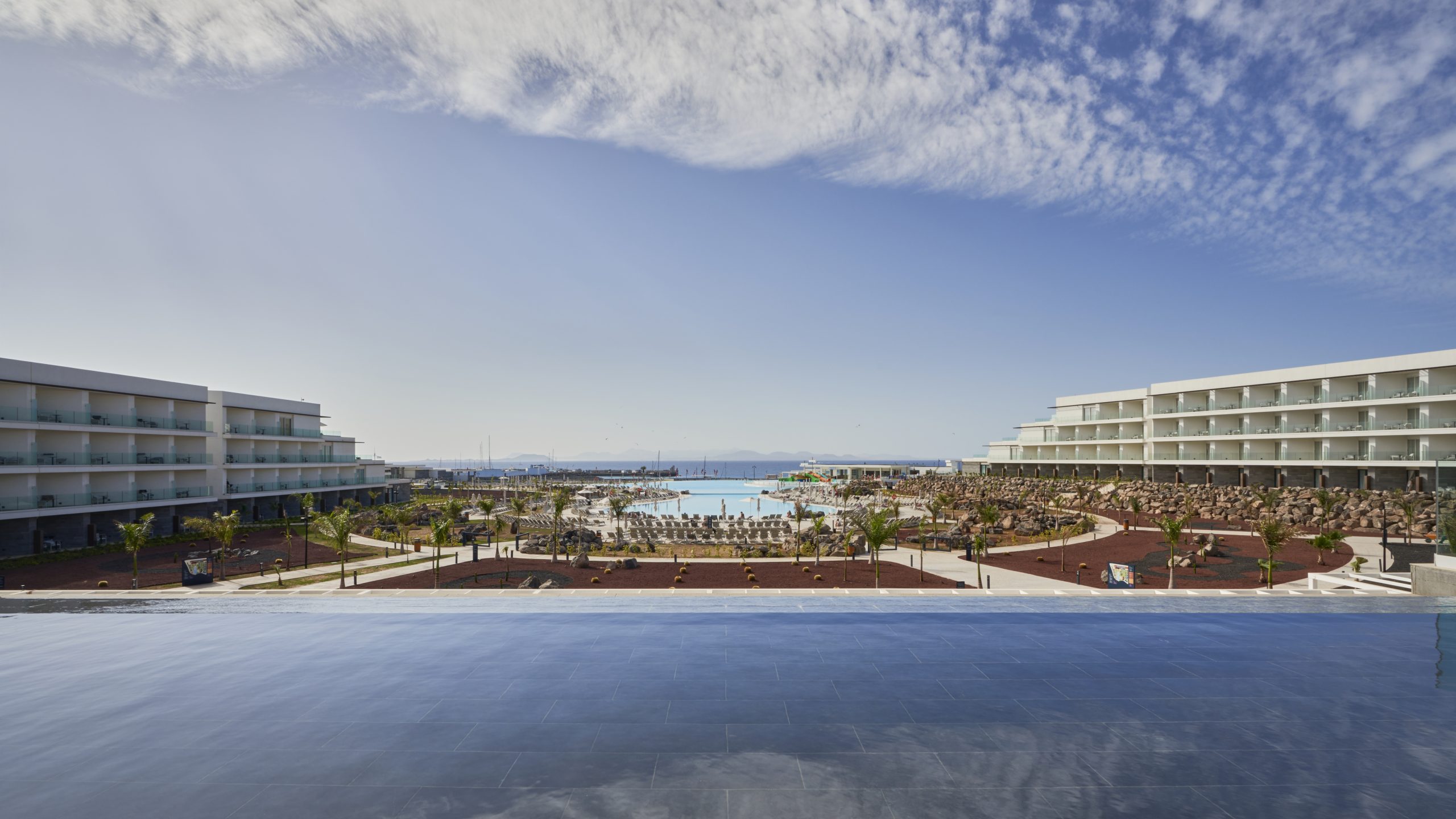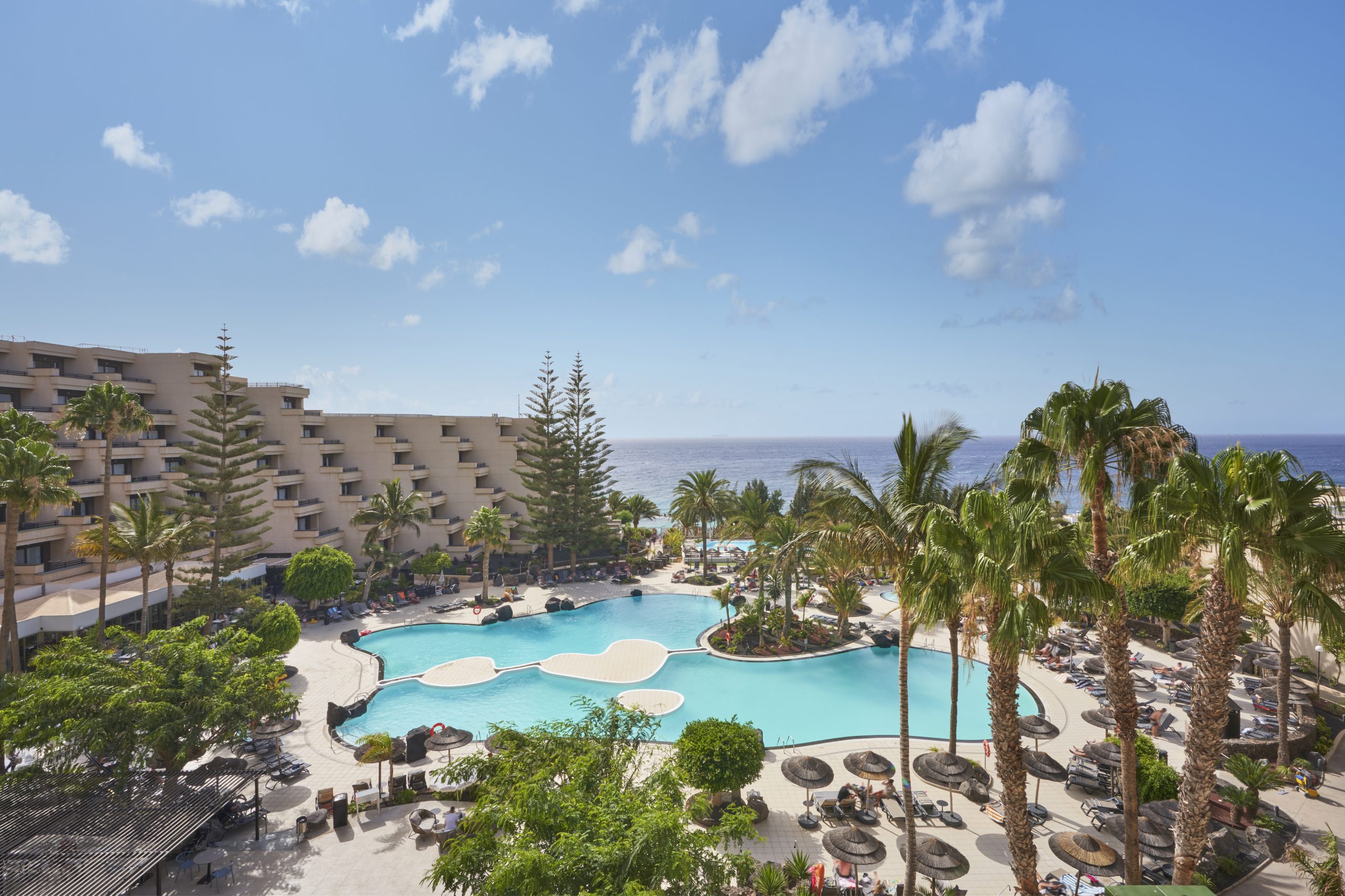The cuisine of the Canary Islands, like other aspects of life in the archipelago, has for centuries been shaped by a wide range of influences. This comes as no surprise when one takes into account that the Canary Islands were a key stopping-off point on the Passage to the Indies, the officially established system that allowed the Spanish and Portuguese Crowns to dominate trade with America between the sixteenth and eighteenth centuries. Among other things, these stopovers enabled maintenance work to be carried out on the ships, but they also led to the archipelago becoming a bridge between the Iberian Peninsula and America, and the means for trade and a constant flow of ideas.
The most striking aspects of typical Lanzarote food are its simplicity and the fact that it always uses local products of the highest quality. Similarly, it doesn’t take long for the traveller to realise that the islanders exercise true devotion to one dish in particular: papas arrugadas con mojo [‘wrinkly’ potatoes with a sauce]. However, it is likely that visitors will take to the dish with equal enthusiasm, and will end up missing it greatly when their sojourn on the island of volcanoes comes to an end.
The essentials of typical Canarian food
- Papas arrugadas con mojo. This is, in fact, one of the Islands’ star dishes, and consequently you can enjoy it in virtually any establishment on Lanzarote. It is very simple to prepare: you just put small or medium-sized potatoes to boil in plenty of salted water, and then dry them over a flame until they become wrinkled. The key is the sauce that accompanies them: the mojo, which may be red, spicy—with a tomato, pepper and chilli base—or green: an alternative containing coriander or parsley, or perhaps both. Green mojo is favoured as an accompaniment to certain fish dishes, such as sardines or vieja [parrot fish], a native species found on Lanzarote and Fuerteventura. While red and green are the most common types of mojo, there are other possibilities, such as cheese mojo—known as almogrote—and almond mojo.
- This toasted flour forms the basis of many traditional Canarian dishes, and has been a staple food for the people of the archipelago since the times of the Guanches—the original native inhabitants who lived on the Canary Islands before the Castilian conquest. So it is common for babies and children to have gofio with milk for breakfast; traditionally, this is also the first meal of the day for many country dwellers, who usually mix it with raw egg and wine. Gofio can be made by toasting chickpea flour or wheat flour, but the best way is to make it with millet, i.e. toasted maize. Likewise, it can be used as an ingredient in sweet dishes (it can be eaten with honey or with milk, in puddings) or in salads, as for example with gofio escaldado [gofio mixed with fish or meat stock] and gofio con mojo.
- Baifo or goat kid meat. Let’s start by admitting that we can be somewhat taken aback by the idea of eating goat kid meat, but if you are one of those people who likes to immerse yourself in the culture of the places you visit, a great way of doing so is through its food and drink. And besides, everyone who tastes this meat can testify that it is incredibly tender and really tasty.
Fish to suit all tastes
Excellent fish is available on the island of volcanoes; how could it be otherwise on an island surrounded by the Atlantic Ocean? The highlights are the native shellfish, particularly the black and orange limpets cooked on a griddle and served with a seasoning of olive oil, white wine, garlic, onion and parsley. The alternative is to serve them with green mojo. It is also worth trying clacas, another endemic shellfish; these are less common than limpets, as they retain an intense flavour of the sea.
Another of the island’s specialities is octopus. On Lanzarote, octopus is cooked by submerging it in boiling water a couple of times, and then a third time to complete the cooking process. This method ensures that the skin stays fully attached to the flesh. Then the octopus is grilled, so the resulting dish is crispy and full of flavour. Be warned, it is very likely that the octopus will arrive at your table accompanied, once again, by papas con mojo!
The range of fish dishes on the island is very extensive. You can dine on prawns, mussels, sea bass, hake, sardines and a great many others. However, if you want to try typical Lanzarote food, the best choices are fish such as pámpano [blue butterfish], barracuda or vieja [parrot fish]. Similarly, we recommend that you do not take your leave of Lanzarote without first enjoying a good sancocho, the island’s incomparable fish stew, in which the fish, usually wreckfish or grouper, is cooked with sweet potatoes, papas con mojo or gofio.
Three great pleasures: wines, cheeses and desserts
Visiting La Geria is a must to taste the reputable local wines and to find out about the incredible achievements of Lanzarote’s agricultural workers—to whom the Canarian artist César Manrique dedicated his Monumento al Campesino [Monument to the Farm Worker]. This was for good reason, as La Geria’s vineyards are an accurate reflection of the ability of the men and women of the island to overcome the natural disadvantages of a relentless wind and soil riddled with volcanic ash; they designed a system of trenches and zocos [semicircular dry stone walls to protect the vines from the wind], thus enabling the production of high-quality wines.
Similarly, cheese lovers will find interesting varieties here made with goat’s milk. To round off our suggestions for typical Lanzarote food, we recommend you try bienmesabe, a pudding made with egg, honey, sugar, almonds and lemon, which will drive fans of traditional desserts into a complete frenzy.





























































